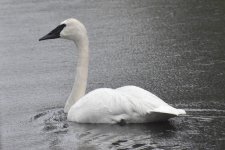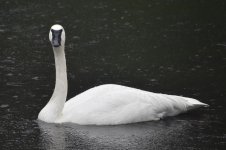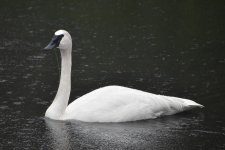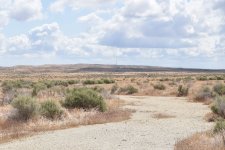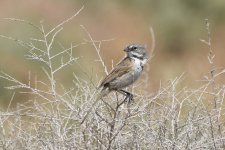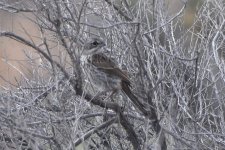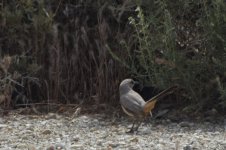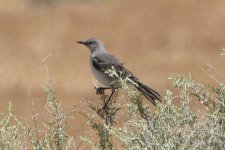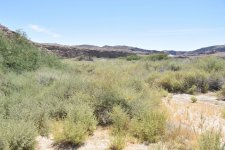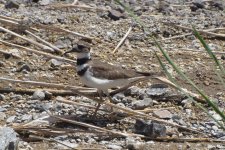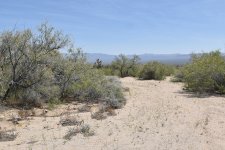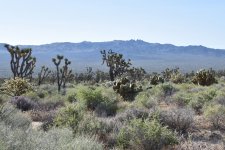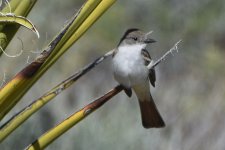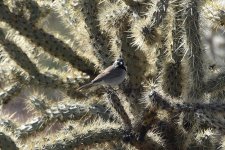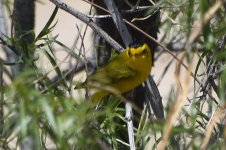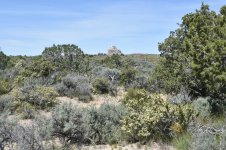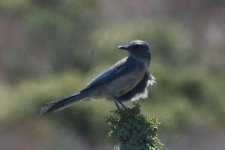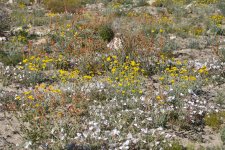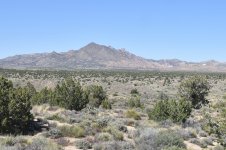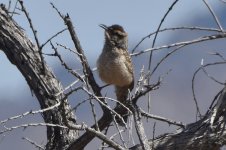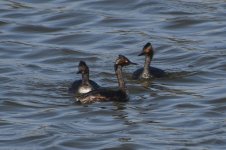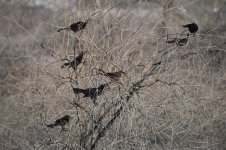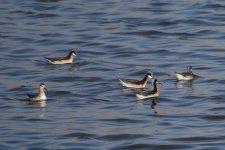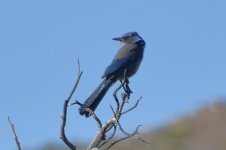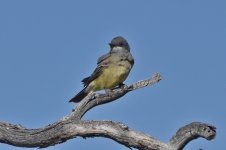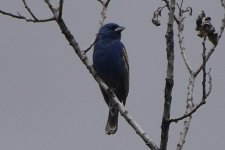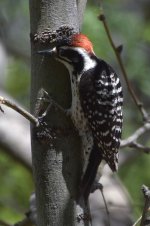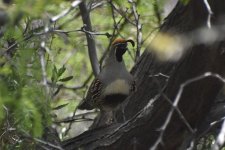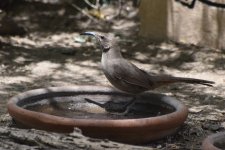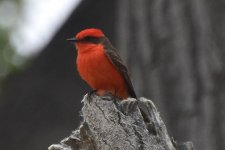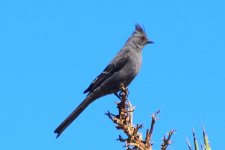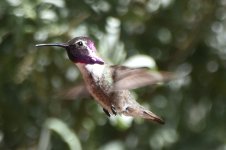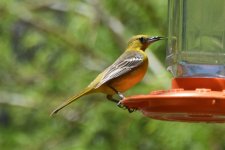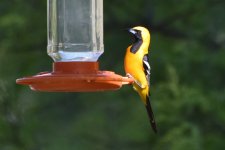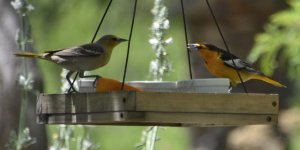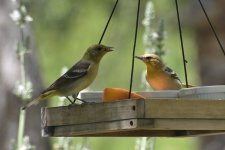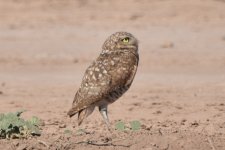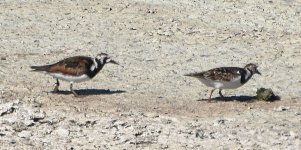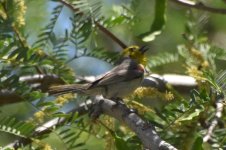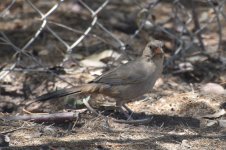4 May 2024
I had not planned to do any birding today. It was raining – unusual here in May – and I needed to get ready for a trip to southern California. But yesterday there was an ebird post reporting a Mute Swan in a little lake in the middle of a mobile home park in Scott’s Valley. The post had several very good photos of the bird, and it was clearly a swan, but not a Mute Swan. Just what kind of a swan it was, was less clear. The two possibilities were Tunda Swan and less likely, if a wild bird, Trumpeter Swan. The two can be very hard to distinguish. Tundras are said to have a slightly concave culmen while the culmen of Trumpeters is said to be straighter. The feathers of the forehead are said to meet the top of the bill in a gentle curve in Tundras, but in a sharp point in Trumpeters. The eyes, on Tundras, if you believe, are separated almost completely by feathering from the black skin around the bill, but Trumpeters have the black skin broadly connecting to the eye. Tundras, it is claimed, usually have a yellow spot on the bill; Trumpeters almost never have such a spot. The photos posted showed a bird with a straight culmen (+ Trumpeter), curved forehead feathering (+ Tundra), broad connection of eye to bill (+ Trumpeter) and a small, faint, diffuse yellow spot on the bill (+ Tundra, maybe). Voice is said to be the most reliable distinguishing trait, but there was no recording with the post. I went down to see for myself. The bird was easily found and more tame than I would expect for a wild bird. Seeing it live, I learned nothing about its appearance that I had not seen in the photos, except that the base of the neck sometimes seemed completely submerged under the water as the bird was swimming with its head up, which has been claimed as a Trumpeter trait. Then it called, a loud tinny toot, the voice of a Trumpeter Swan. Some discussion on the local birders listserver led me to learn that it is a bird that was bought by the owners and released at the site years ago. I probably shouldn’t count it, but I did get some nice photos.
No new birds today, the total is still 279.
I had not planned to do any birding today. It was raining – unusual here in May – and I needed to get ready for a trip to southern California. But yesterday there was an ebird post reporting a Mute Swan in a little lake in the middle of a mobile home park in Scott’s Valley. The post had several very good photos of the bird, and it was clearly a swan, but not a Mute Swan. Just what kind of a swan it was, was less clear. The two possibilities were Tunda Swan and less likely, if a wild bird, Trumpeter Swan. The two can be very hard to distinguish. Tundras are said to have a slightly concave culmen while the culmen of Trumpeters is said to be straighter. The feathers of the forehead are said to meet the top of the bill in a gentle curve in Tundras, but in a sharp point in Trumpeters. The eyes, on Tundras, if you believe, are separated almost completely by feathering from the black skin around the bill, but Trumpeters have the black skin broadly connecting to the eye. Tundras, it is claimed, usually have a yellow spot on the bill; Trumpeters almost never have such a spot. The photos posted showed a bird with a straight culmen (+ Trumpeter), curved forehead feathering (+ Tundra), broad connection of eye to bill (+ Trumpeter) and a small, faint, diffuse yellow spot on the bill (+ Tundra, maybe). Voice is said to be the most reliable distinguishing trait, but there was no recording with the post. I went down to see for myself. The bird was easily found and more tame than I would expect for a wild bird. Seeing it live, I learned nothing about its appearance that I had not seen in the photos, except that the base of the neck sometimes seemed completely submerged under the water as the bird was swimming with its head up, which has been claimed as a Trumpeter trait. Then it called, a loud tinny toot, the voice of a Trumpeter Swan. Some discussion on the local birders listserver led me to learn that it is a bird that was bought by the owners and released at the site years ago. I probably shouldn’t count it, but I did get some nice photos.
No new birds today, the total is still 279.




